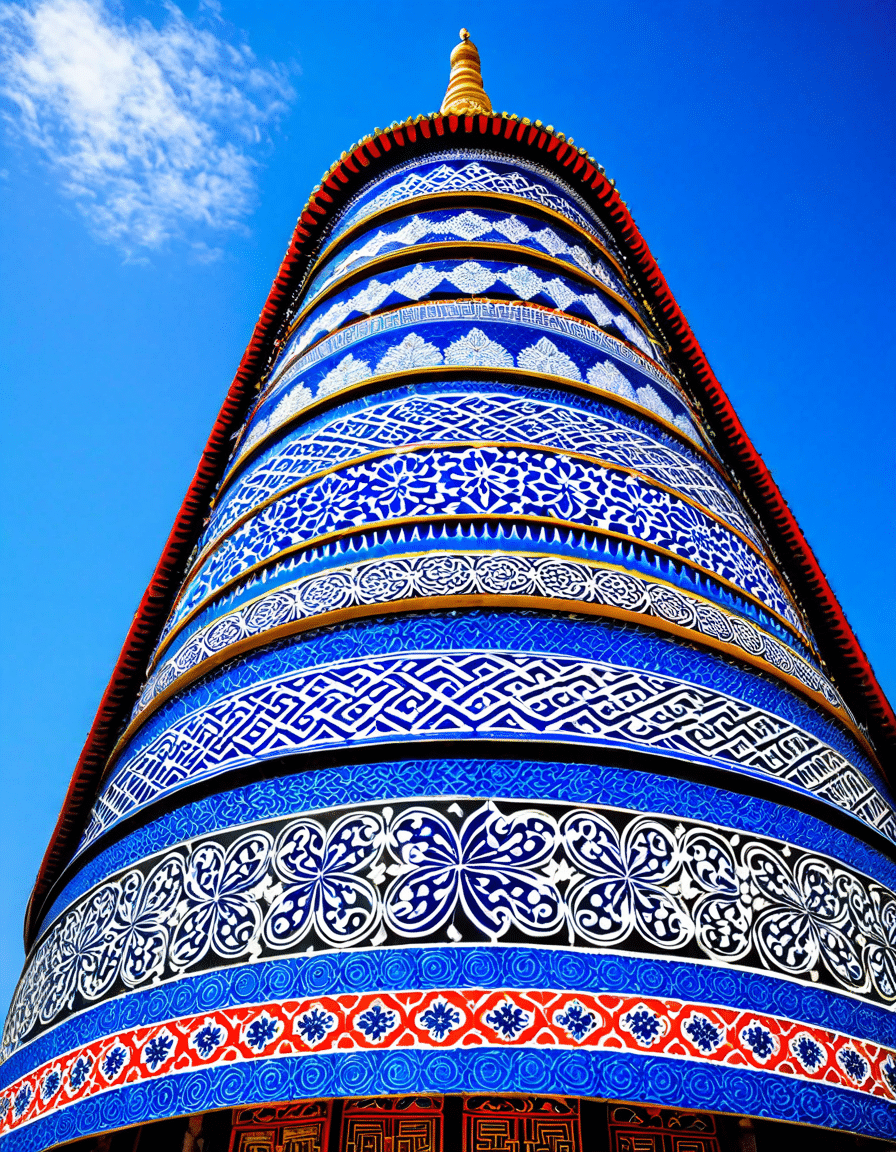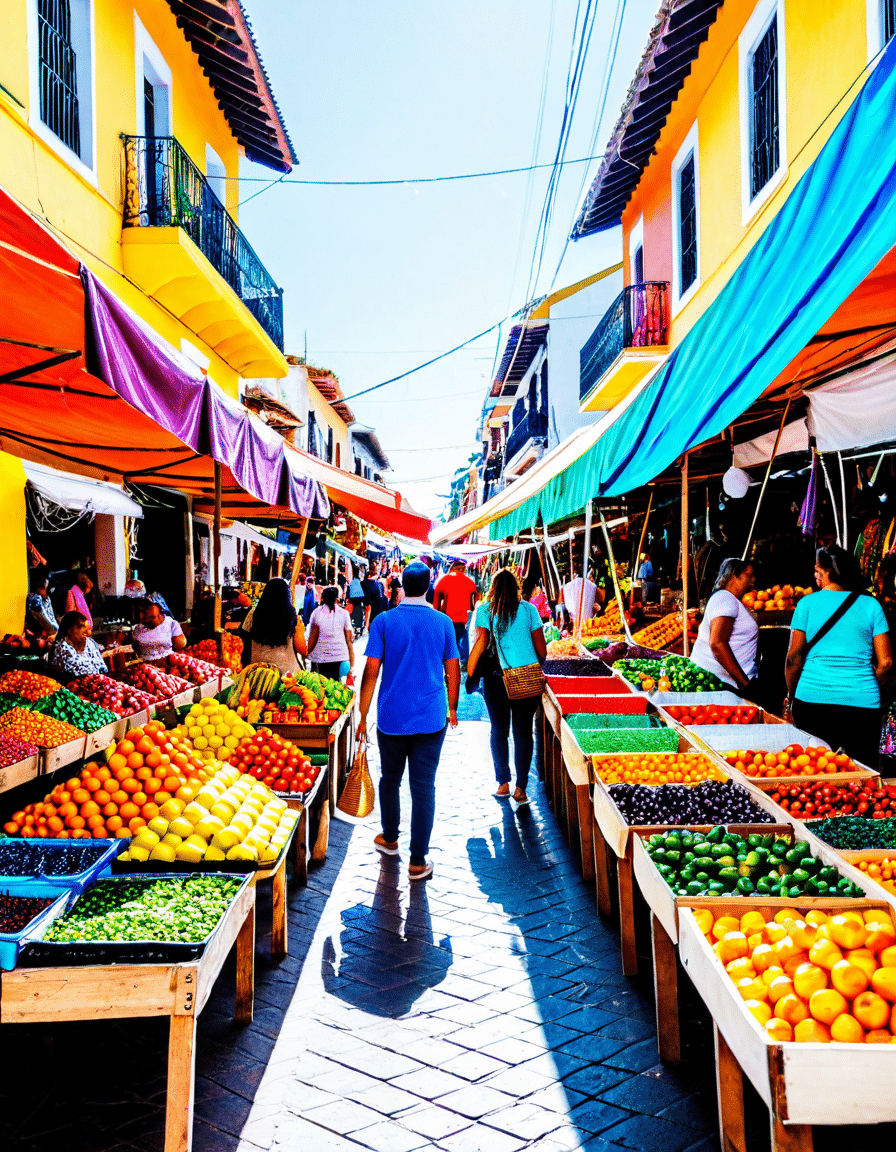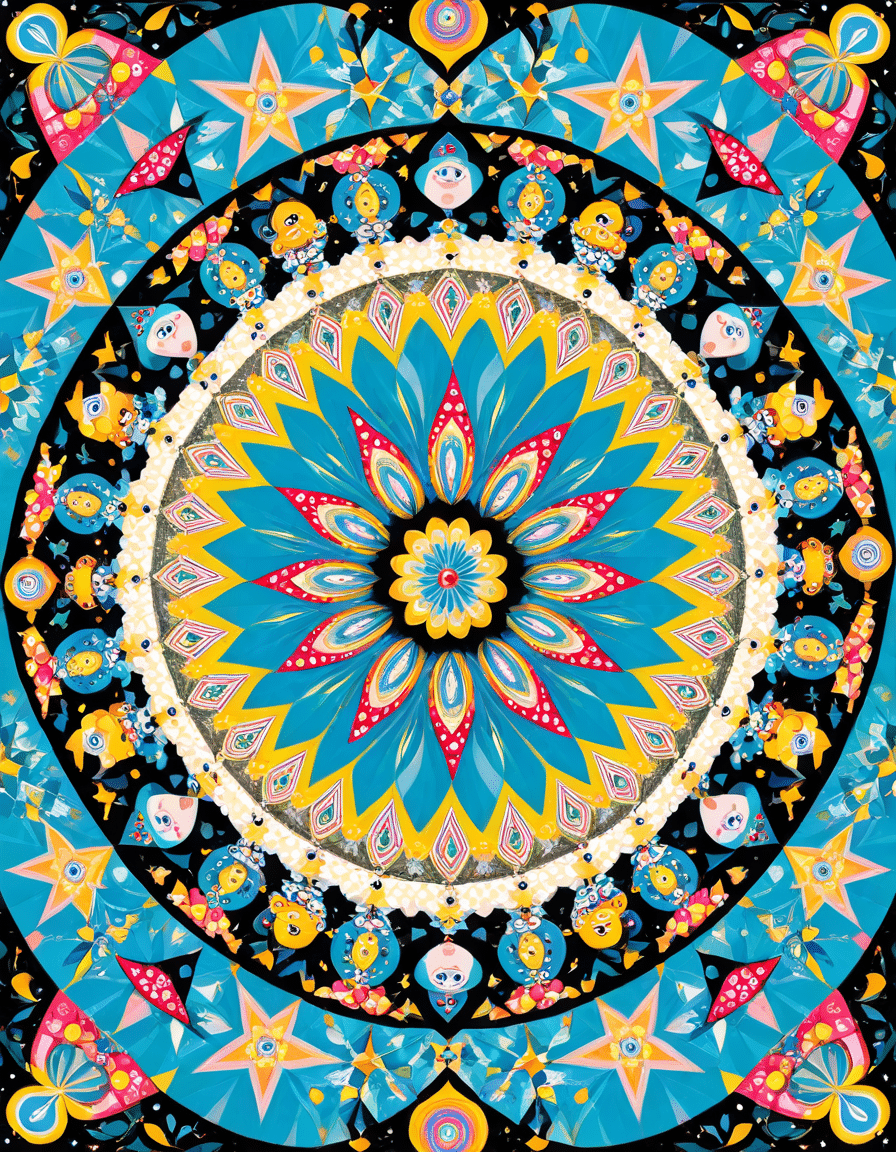The japi (or jaapi), a traditional conical hat from Assam, India, is not just an accessory; it’s a vibrant emblem of Assamese culture. Crafted meticulously from bamboo and palm leaves, the japi transcends its practical applications of shielding farmers from the sun and rain. It represents a rich artistic heritage steeped in the identity of Assam. As we delve deeper into the diverse roles that the japi plays in festivals and daily life, its significance as a cherished symbol of Assamese pride becomes abundantly clear.
In a world that often feels chaotic, the japi stands as a grounded reminder of the traditions that bind us. Picture vibrant markets filled with artisans crafting these hats, each stitch a testament to the community’s resilience and creativity. With changing times, the japi has evolved, yet it remains a symbol of unity and celebration for generations of Assamese people. Let’s dive into the colorful variations of the japi that may just take your breath away.

Unveiling the Colors: 7 Stunning Variations of Japi
The artistic brilliance of Assamese artisans shines through in the diverse shapes and colors of the japi. Dive in as we explore seven captivating variations, each telling its own story:
This simple yet vibrant design is the go-to for daily agricultural activities. The colors mirror the lush landscapes of Assam, imbuing the japi with a sense of place and purpose.
Featured prominently during the Bihu festival, the Hoka japi showcases intricate motifs depicting rice plants and buffaloes—key symbols of Assamese agriculture. Its lively colors resonate with the joy and community spirit of this lively celebration.
Designed for tea estate workers, the Tea Garden japi is larger and more robust. This piece not only shields from the sun but symbolizes the integral role of tea culture, which significantly contributes to Assam’s economy.
Adorned with elaborate designs, the Festival japi takes center stage during major Assamese festivals like Bohag Bihu and Magh Bihu. Artisans pour their creativity into these hats, making them a celebration of art and community.
Featuring a circular design that symbolizes wholeness, the Chakoli japi enhances traditional dance performances. It’s a delightful blend of form and artistic expression.
Specifically crafted for the vibrant festival of Holi, this version bursts with bold colors and patterns, capturing the essence of love and joy that accompany the celebrations of springtime.
Some japis serve as stunning decorative pieces, gracing the homes of those wishing to celebrate their heritage. They often fuse modern designs with traditional motifs, attracting art lovers and tourists alike.
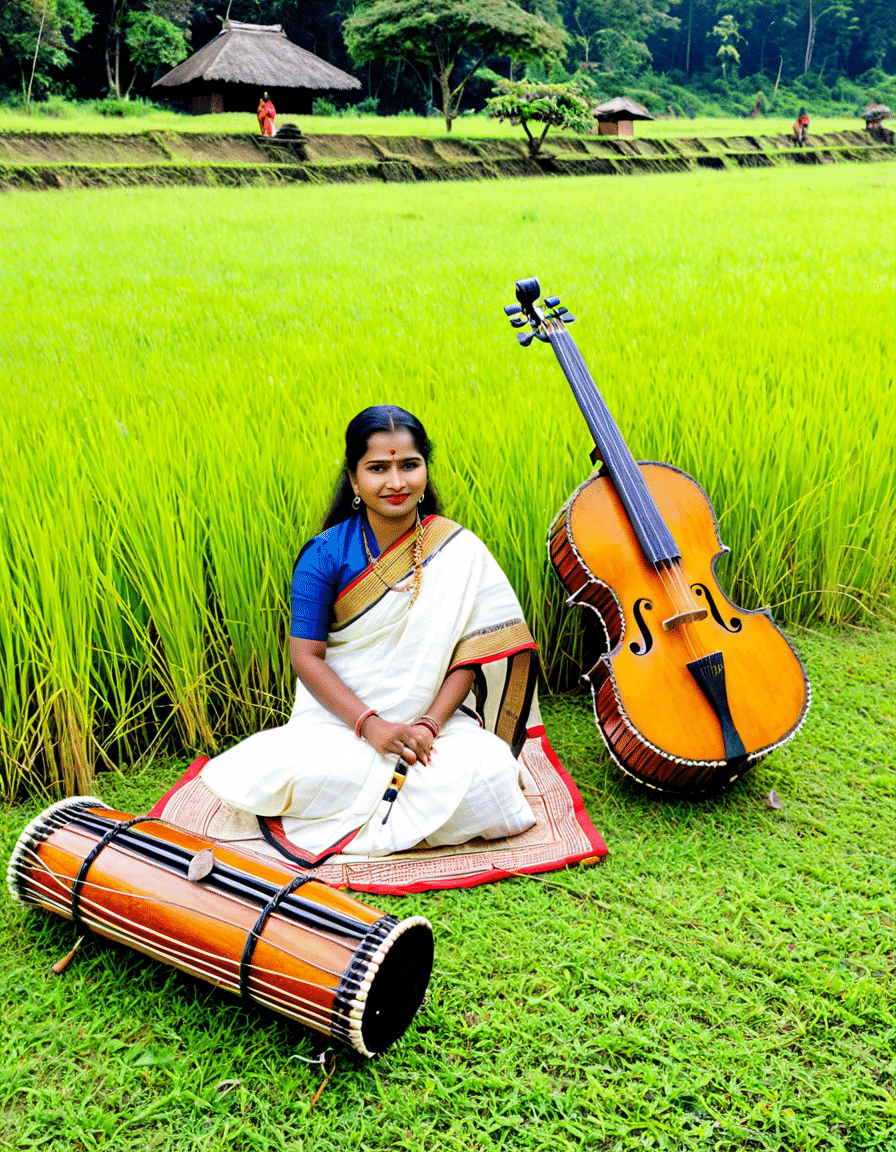
The Cultural Tapestry: Japi, Hoka, and Holi Connections
The japi is woven deeply into the cultural practices of Assam. During the exuberant Bihu celebrations, people proudly wear the Hoka japi, exuding goodwill and camaraderie. This vibrant hat serves as a bridge, inviting everyone to join in the festivities and reinforcing the bonds of community.
In a similar vein, during Holi, the Holi japi becomes a symbol of joy, enhancing the festive atmosphere. The cheerful colors of the japis paint the streets as families come together to celebrate, share colors, and strengthen social ties. This dynamic representation of culture offers a vivid glimpse into Assamese life, illustrating how traditions can unite us all.
Cultural significance doesn’t stop there. As communities grow, so does the japi, adapting to modern festivals while maintaining its roots. Whether it’s worn at local gatherings or international events, the japi continues to shine brightly as a symbol of Assam’s rich cultural heritage.

Craftsmanship and Community: The Making of Japi
Creating a japi is an art form nurtured by generations of skilled artisans in regions like Sivasagar and Jorhat. They expertly combine traditional techniques with contemporary tastes, ensuring that every piece reflects the soul of Assamese culture. The choice of quality bamboo and palm leaves, transformed into intricate patterns, showcases an enviable craftsmanship that commands respect.
Take, for instance, JapiCraft, a brand that has championed this ancient craft. They gracefully blend traditional designs with modern aesthetics, creating stunning pieces that appeal to a global audience. Not only do they preserve the craft, but they also empower local artisans by providing them with access to broader markets, turning the japi into both a cultural artifact and an essential livelihood.
Through community initiatives and dedicated workshops, the essence of crafting a japi is transmitted from elder artisans to younger generations. This cycle of knowledge ensures that the art of creating japis remains vibrant and alive, inspiring pride within the community and appreciation from the world.

A Symbol of Resilience: The Japi in Modern Times
In today’s fast-paced society, the japi emerges as a powerful representation of cultural identity and resilience for Assamese people. It’s fascinating how this traditional headgear finds its place in contemporary fashion, home decor, and even social media trends. The recent surge in popularity has led to a renaissance of traditional crafts, reminding us all of the importance of our roots amid globalization.
Now, the japi stands not just as a cultural artifact but also as a point of pride for tourists visiting Assam. Local festivals and exhibitions proudly showcase the craftsmanship of japi makers, further solidifying this headgear’s status as a cultural treasure. The vibrant colors and designs fascinate those who discover them, making the japi a cherished souvenir that expresses the warmth and spirit of Assam.
Moreover, the japi has become an integral part of Assam’s promotional efforts to attract tourism, showcasing its rich heritage as a hallmark of Assamese pride. This strategy weaves the japi firmly into the fabric of modern Assamese identity while encouraging locals to embrace their cultural heritage confidently.

Embracing the Spirit of Assam
The japi truly encapsulates the extraordinary artistry and unique identity of Assamese culture. Its elaborate designs and historical significance represent not only an agrarian society but also an enduring spirit of celebration and community. By highlighting the beauty and craftsmanship of the japi, we recognize the importance of preserving these traditions.
As we peer into the vibrancy of this traditional hat, we see a tapestry of human experiences and stories intertwined, reminding us of the interconnectedness of culture and modernity. The journey of the japi from the fields to modern-day life serves as an insightful narrative of Assamese identity that continues to flourish and evolve. This harmonious blend of tradition and innovation keeps the japi alive in the hearts of those who call Assam home, inviting everyone to share in its incredible story.
So, whether you’re visiting Assam or simply exploring its rich culture from afar, the japi is more than just a hat; it’s a vibrant symbol calling everyone to celebrate the spirit of Assam together.
Japi: The Extraordinary Symbol of Assamese Culture
A Glimpse into Japi’s Legacy
The japi is more than just a traditional Assamese hat; it’s a symbol rich with heritage and cultural significance. Typically crafted from bamboo and covered with colorful, handwoven designs, this iconic accessory is used in various celebrations, including festivals and weddings. Did you know that the japi is often associated with the agricultural cycle? Just like kales importance in nutrition and cuisine, the japi signifies the bountiful harvests of Assam. Farmers don their japis during the Bihu festival to pay homage to the Earth for its generosity.
Craftsmanship and Techniques
Creating a japi isn’t something you can rush; it involves intricate weaving skills passed down through generations. Artisans spend hours meticulously crafting each piece, shaping not just an item but a story of Assamese culture. Interestingly, much like how Kennedy Owens journey represents the convergence of health and wellness, the art of making a japi merges functionality with artistic flair. Each japi varies in style, often reflecting local motifs or personal stories. A little-known fact: just as Marisa Berensons fashion legacy influences the industry, japis have inspired many modern designers looking to incorporate traditional elements into contemporary styles.
Japi in Pop Culture
The japi isn’t just rooted in tradition; it’s managed to find its way into popular culture as well. Pop references seem to pop up everywhere, whether in music videos or films, just like Felix from Stray Kids, whose trendy style trends among youth. You’d be surprised at how this humble hat has cemented its place even in discussions about fashion. In a world buzzing with excitement, such as that surrounding Guardians Of The Galaxy 3 Spoilers, the japi stands out as an enduring emblem of heritage. The next time you spot one, remember that its vibrant colors and craftsmanship tell a story that transcends time, equally as fascinating as tales spun by Fapello in the entertainment landscape.
So there you have it! The japi reveals stories about tradition, artistry, and modern life that are worth celebrating. Whether you’re grabbing your own japi to wear or exploring cultural references, let this cherished symbol be a reminder of Assam’s rich tapestry. Happy exploring!
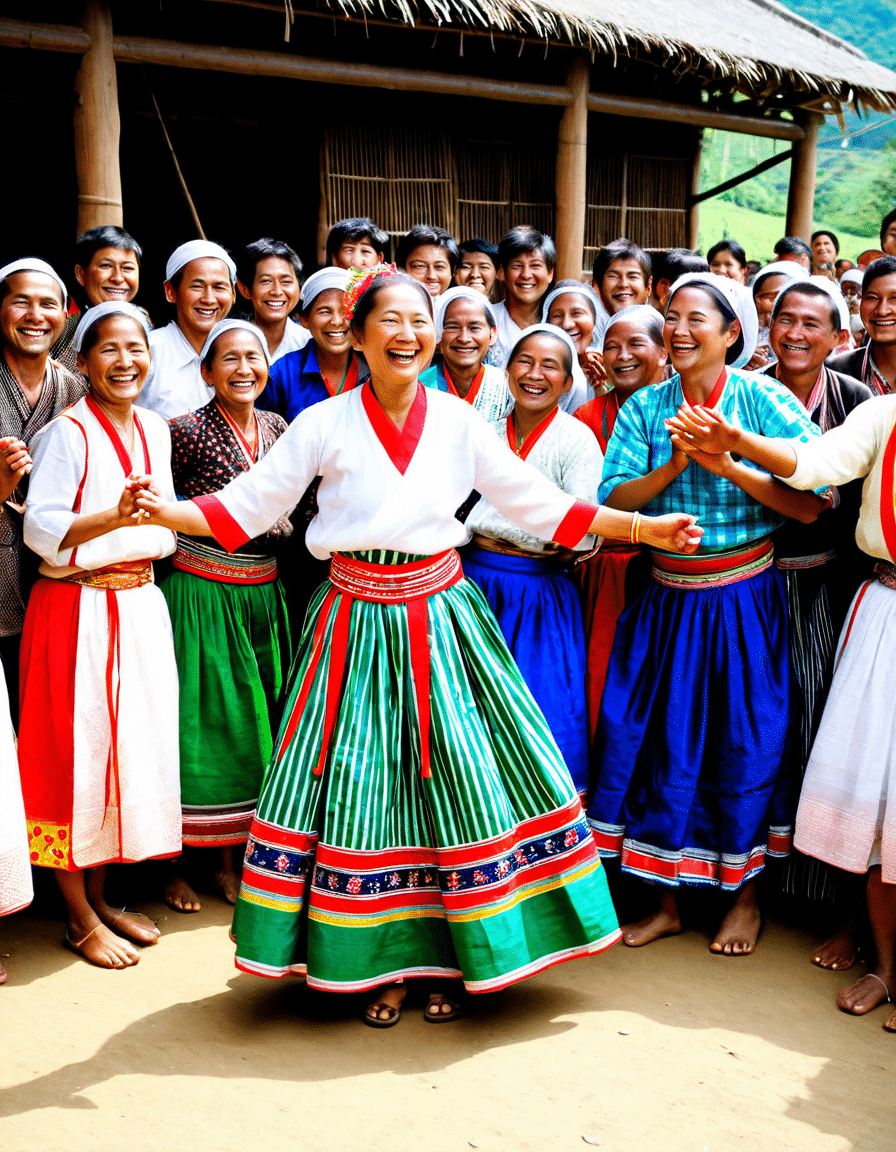
What does Japi mean?
Japi means a traditional conical hat from Assam, India, often made from bamboo and palm leaves. It’s part of the region’s rich culture and heritage.
What is the significance of the Japi?
The Japi holds great significance in Assamese folk culture and was originally used by farmers as headgear for protection against sun and rain. It symbolizes hard work and tradition.
How many types of Japi are there?
There are several types of Japi, including Bor Japi, Tupi Japi, Uka Japi, Haluwa Japi, and Fulam Japi. Each type has its own unique characteristics and purpose.
Is a Japi a traditional hat?
Yep, a Japi is indeed a traditional hat. It’s carefully crafted and plays an important role in the daily lives of people in Assam, especially farmers.
What is the meaning of jaapi?
The word jaapi derives from “jaap,” which means a bundle of taku leaves. This highlights the materials used in making this traditional hat.
What is the origin of the word rubai?
The word rubai originates from Arabic, referring to a type of poetry that typically consists of four lines. It captures a specific rhythm and essence in poetic expression.
What is the significance of Devi kavacham?
Devi Kavacham is significant as a powerful prayer or hymn in Hindu tradition, believed to provide protection and strength to devotees invoking the goddess.
What is the significance of Yazhi?
Yazhi, often seen as a symbol in South Indian culture, signifies an important musical instrument and also represents elegance, grace, and traditional art forms.
What is the significance of the title Rudali?
The title Rudali is significant in Indian folk culture, representing female mourners who express grief through singing and storytelling, keeping alive the narratives of loss and remembrance.
What is jappi?
Jappi, though mentioned again, usually refers to the word japi, which can indicate a sense of happiness or joy linked to cultural practices or celebrations.
What are the two types of gogona?
The two main types of gogona are the traditional gogona, made from bamboo, and the modern variants, which may vary in design and materials used.
How many types of yogini are there?
There are several types of yogini, with traditions mentioning varying numbers that can range widely based on different belief systems and practices.
What is a rasta hat?
A rasta hat, commonly associated with Rastafarian culture, is typically characterized by its colorful stripes, often made from natural materials, and symbolizes cultural pride.
What is a taj hat?
A taj hat is a traditional headpiece often worn during cultural ceremonies, characterized by its unique shape and elaborate design that represents royalty or significant cultural heritage.
What is a Baku hat?
A Baku hat is a type of headgear popular in certain cultures, typically made of felt and featuring a distinctive round shape, often worn for warmth and style.
What is the significance of Palkhi?
Palkhi holds great significance as it represents a ceremonial palanquin used in various religious and cultural processions, often associated with honoring deities and saints.
What is the significance of the Namam in the Thenkalai?
The Namam in the Thenkalai tradition symbolizes auspiciousness and devotion, referring to ritual markings often applied on the forehead, connecting devotees to their heritage.
What is the significance of the Kafan?
The Kafan in certain cultural contexts signifies a burial shroud, playing a crucial role in funeral practices and symbolic of respect for the deceased.
What is the significance of Xorai?
Xorai is an important ritualistic offering made from brass or bell metal in Assam, used in many ceremonial contexts to express reverence and gratitude.
What is jappi?
Jappi, again linked to the earlier mention, is a term denoting the traditional hat that encapsulates pride and cultural identity.
What does the name Arusi mean in English?
The name Arusi means “light” or “ray” in English, often symbolizing brightness and hope in various contexts.
What does the word Shibli mean in Swahili?
The word Shibli means “rabbit” in Swahili, often used in conversation, highlighting local fauna and cultural connections.
What is the origin of the word Naach?
The origin of the word Naach comes from Sanskrit, meaning “dance,” celebrating movement and expression in cultural festivities and performances.












